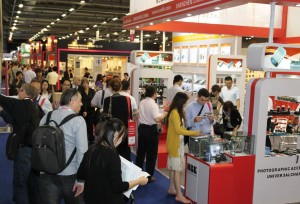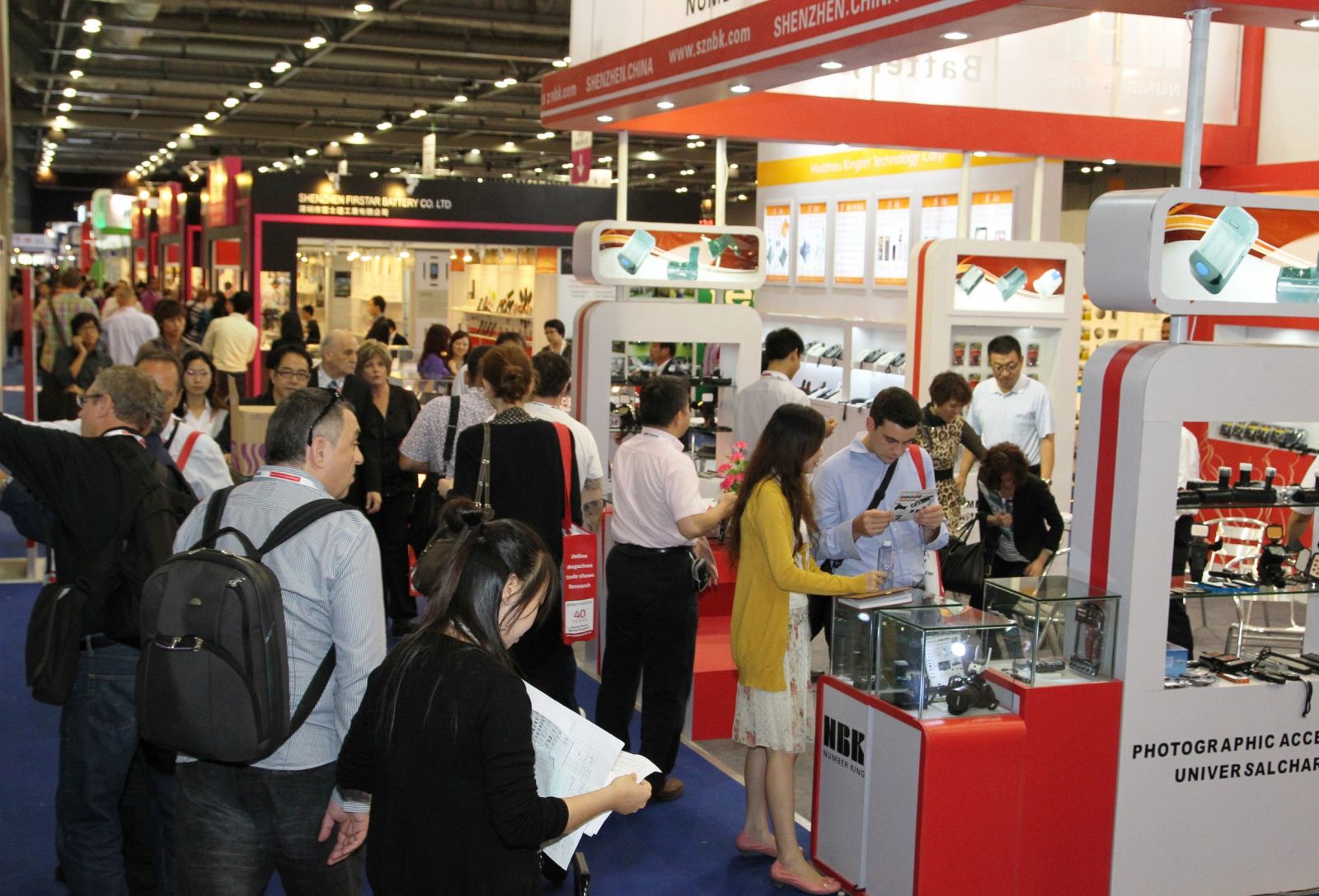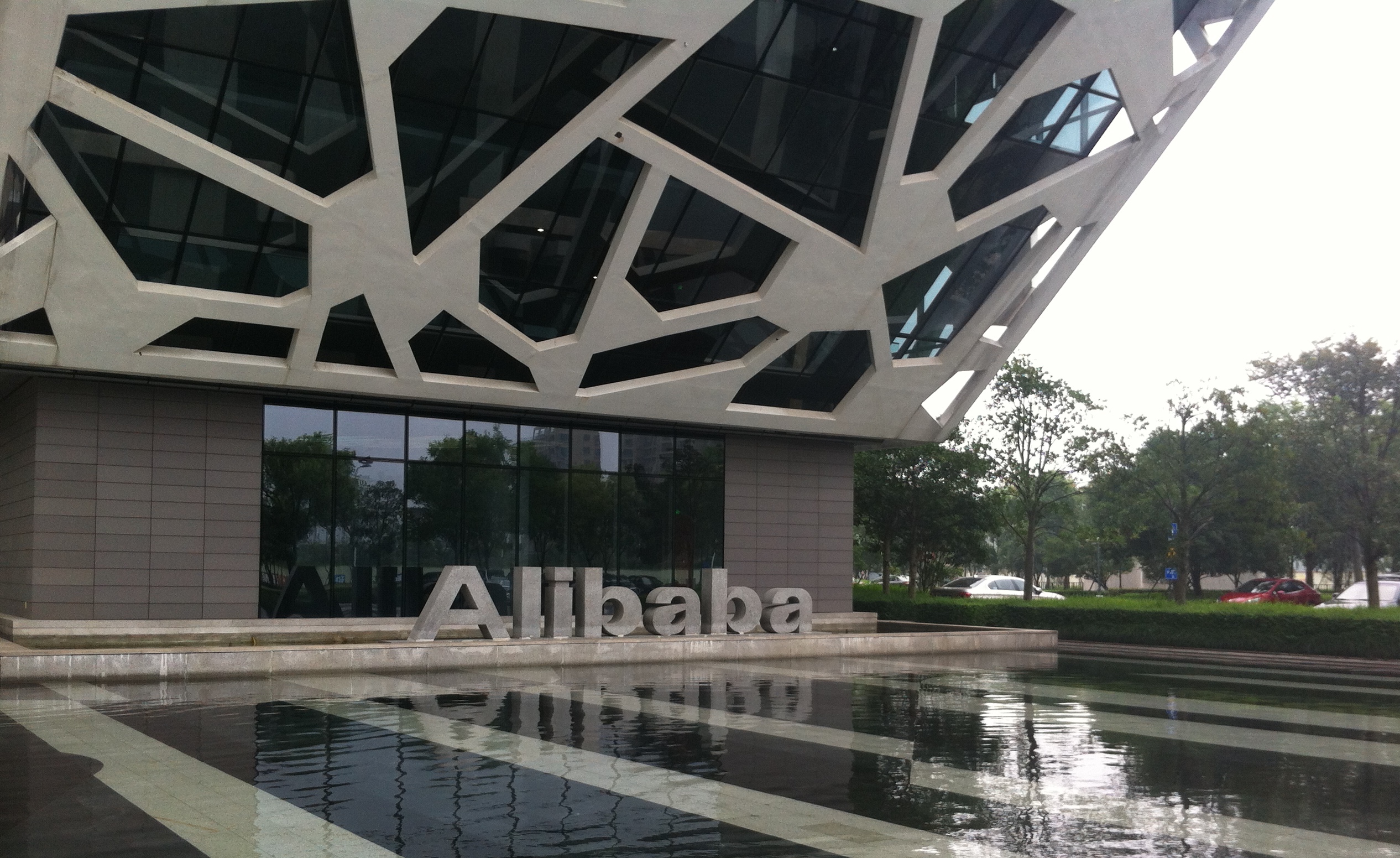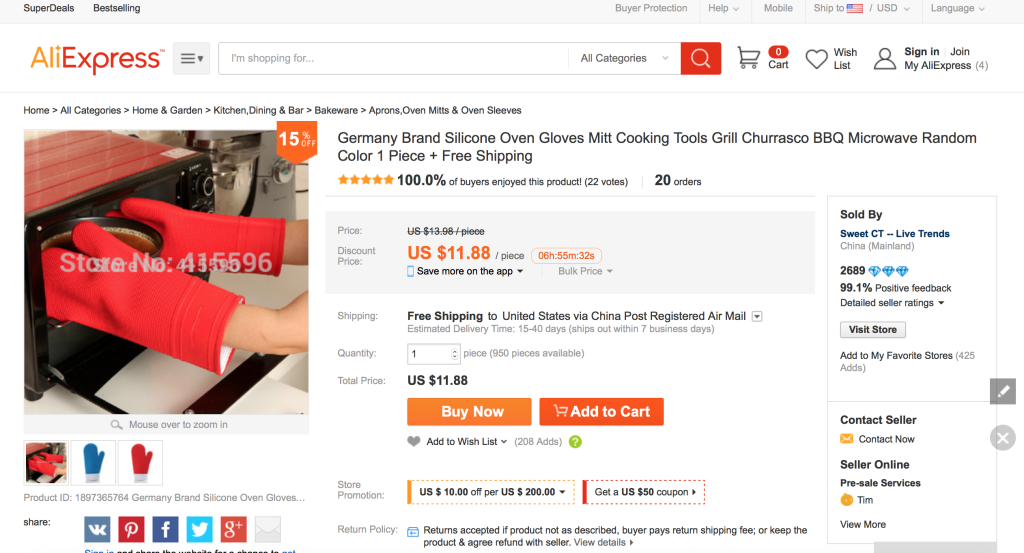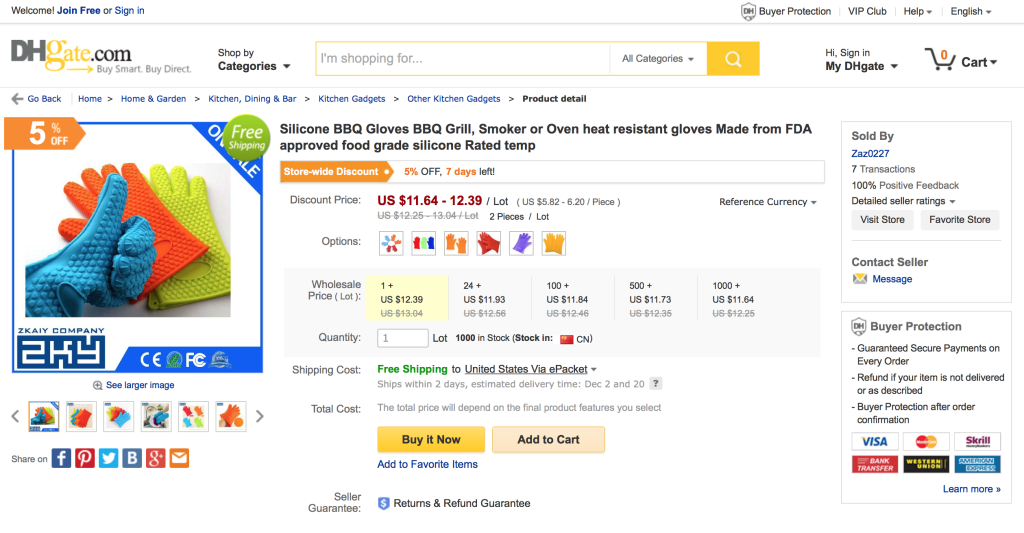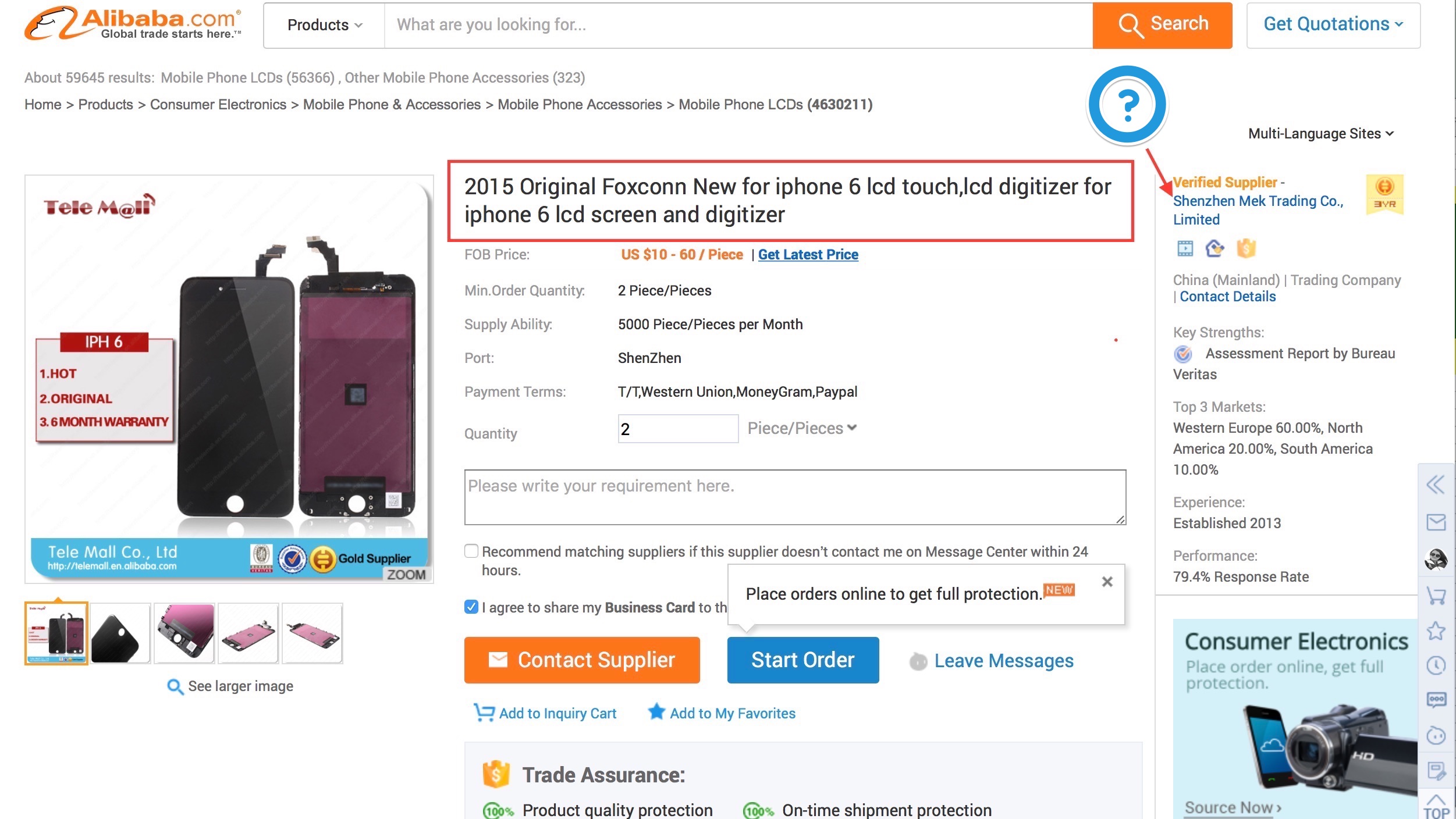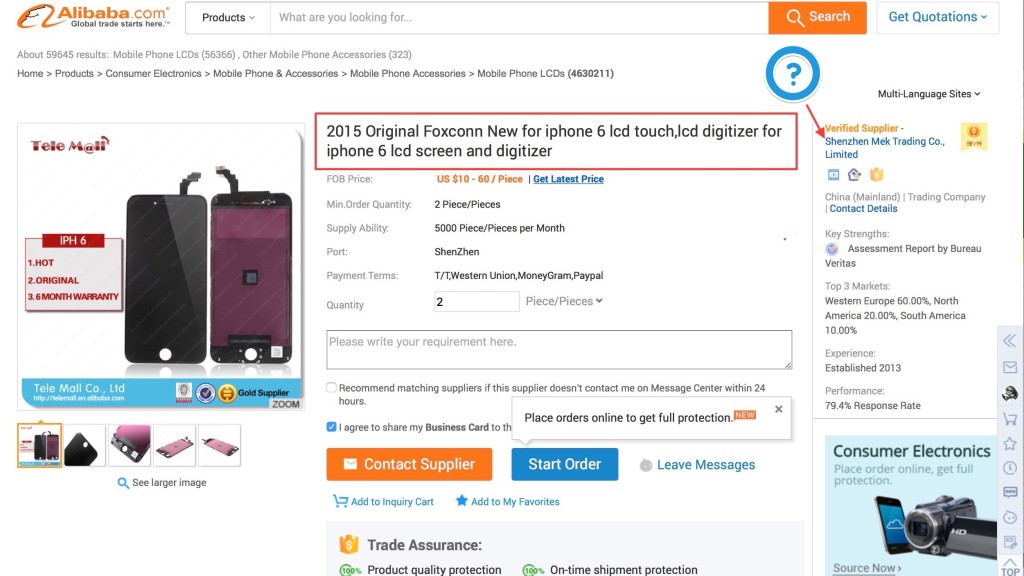So by now, you have validated your product and you’re ready to move on to larger orders. At this phase, the right suppliers �can found online, offline, and what I like to call “thinking outside the box.” Let’s take a closer look.
By the way this post is part of a series called: “How to find suppliers beyond Alibaba” (part one and part two).
Online:
Alibaba
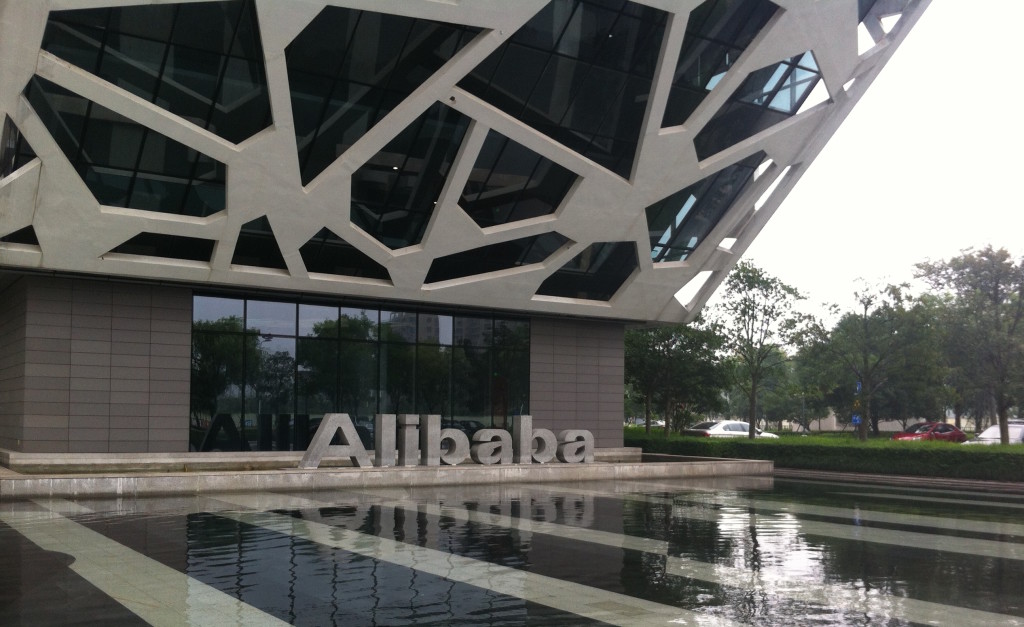
Everyone knows Alibaba is the 800 pound gorilla in the room. They have a celebrity CEO in Jack Ma who’s one of the richest men in the world. They have millions of suppliers and products listed and they have a huge campus in Hangzhou that rivals the Google campus in Silicon Valley.
But all is not perfect in the land of Alibaba. Not only do they face a problem with the overall quality of their suppliers, but also in the quality of the Alibaba users. Alibaba has gotten too popular for its own good and suppliers know this. Many users are “newbies” who don’t have any prior experience. They are getting their feet wet with Alibaba. Many better suppliers are well aware of this and have told me they purposely avoid Alibaba.
Also it’s widely known that Alibaba is filled with middlemen or sourcing “agents”. Best case scenario they may be able to get you the product you want at a slightly higher price which includes their margin. But how can you trust them? Beware scammers which I’ve written about here. And when the rubber hits the road and problems come up, who’s side they will take?
Dirty secret: How do you know your sourcing agent is not taking a kickback from the supplier? This is common practice in China. If a problem arises, many middlemen may take the side of the factory whom they may have a stronger relationship with.
Having said that it makes sense to look beyond Alibaba when sourcing product from China.
Global Sources
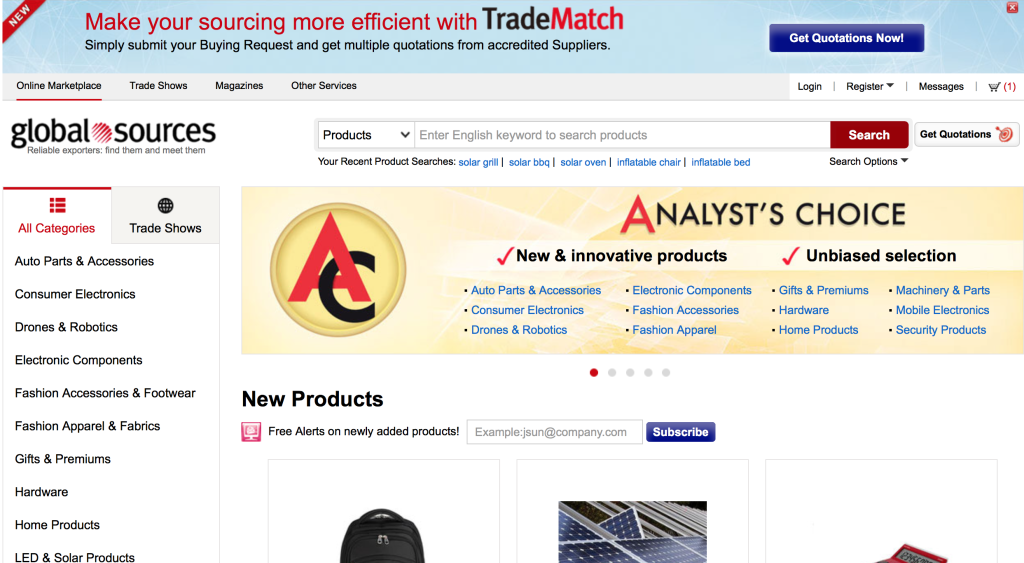
Global Sources has over 45 years experience in international trade. It was established in 1970 by Merle A. Hinrichs and C. Joseph Bendy. They started as a media company with a print catalog of Asian suppliers. Later they evolved and began organizing trade shows in Asia. Their online directory began in 2003.
They offer an online directory of suppliers similar to Alibaba. They are strong in mobile electronics, fashion and accessories, as well as home and gift items. These suppliers tend to have more experience with the export market.
In addition, they have an offline component which Alibaba does not have. First they organize trade shows held in the Spring and Fall mainly in Hong Kong. These trade fairs are an excellent opportunity to meet suppliers to build relationships and touch and feel their products which I will discuss in further detail later.
What’s the difference between Alibaba and Global Sources? Overall I feel the quality of suppliers on Global Sources is higher than those on Alibaba. They also tend to have more experience in the export market which is a good thing for you because they’re more likely to understand your needs. Also you tend to find less suspicious factories than on Alibaba. In fact, many big-box stores use Global Sources as part of their sourcing strategy.
But on the other, these suppliers expect more also. Normally they will ask about your company background and your purchase volumes. It’s only fair that they want to see if you are a right fit for them. So sourcing from Global Sources may take more initial work to build trust and get thorough replies from suppliers.
The fact that many suppliers listed in Global Sources’ online directory also exhibit at their offline fairs adds to their credibility. More specifically given they are willing to invest time and money into buying booth spaces and exhibiting at the fairs, they have more skin in the game than a purely online middleman who can disappear overnight.
This is not to say there are no trading companies on Global Sources. In fact there are middlemen and trading companies on Global Sources, but they tend to identify themselves this way so it feels more transparent than on Alibaba.
This leads to another difference. Global Sources’ international roots creates a better user experience for buyers in my opinion. Global Sources was founded by an American and has a broader pan-Asia focus. On the other hand, I find that Alibaba’s business culture and focus is more China-centric. Moreover the user experience not as friendly and intuitive.
In summary:
Global Sources Pros
- Arguably higher quality suppliers than Alibaba and less hidden middlemen
- Strong in mobile electronics, fashion accessories, and home and gift items
- Offline trade shows are an excellent way to meet face to face with suppliers to build trust, get immediate feedback, negotiate better pricing, and terms. Also you may find items which are not publicly available.
- Private offline matchmaking events for established buyers
Cons
- Smaller selection of suppliers than Alibaba
- Requires more work to get quotations – must prove yourself to pickier suppliers
Made in China, and others
After Alibaba and Global Sources there is a big drop-off in quality and selection. When applying the 80/20 role, don’t bother with these other online platforms when most of these suppliers can be found on Alibaba and Global Sources.
Offline:
Trade Shows
In China “guan xi” still rules despite the age of the internet, smartphones, and social media. Chinese culture is deeply rooted in relationships. Friendly relations and referrals will give one an advantage. Applying this to sourcing, many times simply showing up in person will earn “brownie points” in the relationship. This is especially true as they learn more about you the person, your country, your business and how you can help open up new markets for them. This can motivate them to come closer to your target price and offer flexibility in payment terms, packaging, product modifications, and more. This is why it’s so important to meet face to face and trade shows are a great way to meet many suppliers quickly.
Best Practice: In China businesses are very hierarchical. In fact it is a dictatorship where the owner will make all the major decisions. If they like you and are convinced that you can bring large sales or open up a lucrative new market then they will find a way to get things done. This is why when meeting in person you should always meet the most senior person. They normally are the oldest but with two exceptions. First, the oldest may be an engineer and not a decision maker so he should not be your target to schmooze. Second nowadays many 1st generation owners are passing their business to their children. In China there is a term called 富二代”Fu Er Dai” which means “2nd generation wealthy.” So a brash millennial dressed in designer clothes can in fact be the one who calls the shots and get your order through if you can prove yourself.
Trade shows are also a great opportunity to find new products. Many suppliers will not reveal all of their products especially the new products online to protect themselves from their competition. However if you meet with suppliers face-to-face and can prove yourself to be a trustworthy buyer then they are willing to open up the kimono.
For example I have found that suppliers with innovative new products explicitly will NOT show them at their booth to the general public and their competitors. So they will rent a hotel room close to the fair as a private showroom. Do you think they are foolish enough to show their cutting edge items at the fair and risk being copied by their competitors next door? In China, there is an expression: “Quick to copy, quick to market“. This is why often times the best products are behind closed doors. You will not find them online unless you have built a strong relationship with the supplier. This definitely will separate you from your competitors.
There are numerous types of trade shows and I will focus on three: General trade shows with a broad selection of products, Industry specific fairs that target a specific industry (for example electronics), and Regional marketplaces which highlight suppliers nearby. Which one is best for you? It depends on your needs.
General trade shows
General trade shows include the famous Canton Fair and Global Sources Home and Gift Show. These are good if you don’t have a specific product or category in mind and are open to new product ideas. Also this is a good way to identify new trends.
The disadvantages include being unfocused and risk of wasting time wandering around. The Canton fair is HUGE and you can easily spend several days if not a week walking around the place. Moreover there is a broad range of quality, prices, middlemen (agents), and even scammers there so buyer beware.
Best Practice: The Canton Fair runs in three phases. It pays to do your homework to find out which phase has the products that you want. You don’t want to be looking for electronics only to visit during the food portion of the fair.
Industry specific fairs
For a more targeted approach, there are numerous industry-specific trade fairs including HKTDC, Global Sources, MAGIC for fashion, CES for electronics, Intersolar for solar, Automechanika for automobiles and parts, and the list goes on. This can be a quick way to meet many relevant suppliers. Also by meeting face to face with suppliers you can gauge new trends, products, and pricing all in one visit.
Note however that these fairs typically meet once or twice a year so you must plan ahead. In tremors of costs, it may not be cheap when you consider hotel, airfare, ground transportation, visa, entertainment, etc depending specific locations.
Regional trade shows
Two of the most famous regional trade shows are the Yiwu marketplace and Shenzhen electronics market (Hua Qiang Bei). They are a good way to get a quick feel for products that are made locally. Another good thing about these marketplaces is that they are open to the public. This means you can walk around and touch and feel the products. It’s a great way to identify products you may have overlooked online. Moreover you can buy as little or as much as you’d like. Keep in mind however that most of these vendors are middlemen.
Best practice: Plan ahead
Most these fairs offer online registration so book ahead to save time. The lines at the registration desk can get long so if you pre-register you can move to the front of the line to get your badge immediately to get a head start on your day.
Also it’s a good idea to review the show directory before you arrive. The fairgrounds are HUGE and it’s easy to get lost so I always jot down the booth numbers of the suppliers I want to visit and then use that as a guide to plan my attack. Here are some links to get you started.
Global Sources – Their trade shows focus on Electronics, Home and Gift, Fashion related products. Mainly based in Hong Kong but also have events in Taiwan, Korea, Japan, South Africa, and the US.Â
HKTDC – Hong Kong Trade Development Council offers many industry specific trade shows based in Hong Kong.
Canton Fair – The granddaddy of the them all. Among the sourcing community the consensus is that Canton Fair is “dying”. Though overall fair attendance is declining it may still be useful for some. This is held in South China twice a year in the spring and fall.
Another way to find relevant trade shows is to ask your suppliers where they are going. This is a great way not only to meet them in person while saving a trip to the factory but also to find additional suppliers. As the saying goes “Don’t put all your eggs in one basket”. If one supplier falls through you need a plan B and attending trade fairs and getting their contact information is a great way to do this.
Factory Visits
Factory visits are among the best ways to vet a supplier by taking a peek behind the kimono. Taking a trip to the factory allows you to see their facilities, workers, equipment, and production line, as well as sit down with management and sell them about your business. But of course this takes more time and money. It’s beyond the scope of this article but you’re interested in learning more, please comment below or contact me for more information.
Thinking outside the box:
Referrals
Just like doing business anywhere, referrals can be a powerful tool when finding suppliers. Through friends, business acquaintances, or online platforms and social media you may be able to find hidden gems. One of the ways is to ask suppliers you are working with Also because of the “guan xi” effect there is “face” involved which creates a greater incentive to make it work and not screw around. In other words the stronger the family tie or friendship, the more social capital at stake to make it happen.
On the other hand, the referral may not be based on objective criteria or measurable benchmarks so you still have to do you homework. Also beware hidden markups because everyone needs to be taken care of.
Matchmaking events
As your purchase volumes grow, consider using matchmaking services that online sourcing platforms and offline trade shows may offer.
For more established buyers, Global Sources offers a private offline matchmaking events where they will organize meetings with suppliers that are matched according to your buying requests. This is a great way to save time and meet many suppliers quickly. In fact Global Sources will be doing most of the pre-work setting up the meetings. While you have still have to do you due diligence after meeting them, I found this saves me time in quickly meeting many targeted suppliers.
On the other hand, do you trust their ability to find the right supplier for you? Moreover their scope is limited to their one platform. And finally, this service may not be available to everyone.
Sourcing agents and trading companies
Depending on your needs and budget, it may make sense to outsource this work to professionals. This will save you time and headaches so you can focus on your strengths to grow your business.
Generally speaking sourcing agents and trading companies have advantages in that they can find better suppliers through their networks, pick up on red flags faster, can optimize logistics to save you time and money, and may be able to negotiate better pricing and terms with factories.
On the other hand, there are good ones and bad ones so you have to find the right one for you. And this service will result in additional costs.
In summary, sourcing is not a one trick pony. Alibaba may not have the best suppliers for your needs so it makes sense to plan a three-pronged attack: online, offline, and thinking outside the box. Depending on your needs you should do an “80/20” to find the right formula on which channels to focus on for your sourcing. Hope this was helpful. Please signup for my newsletter for a “deeper dive” into these topics. Good luck!
